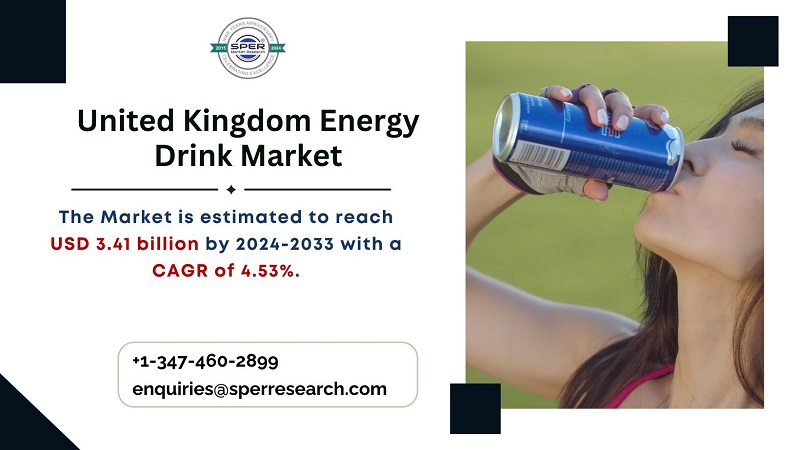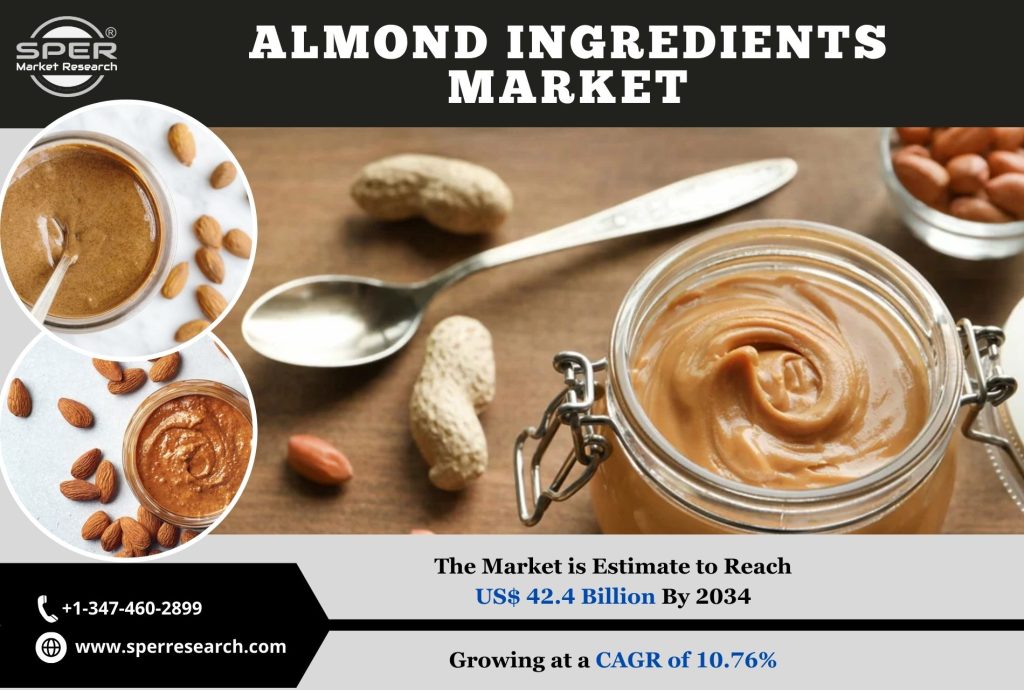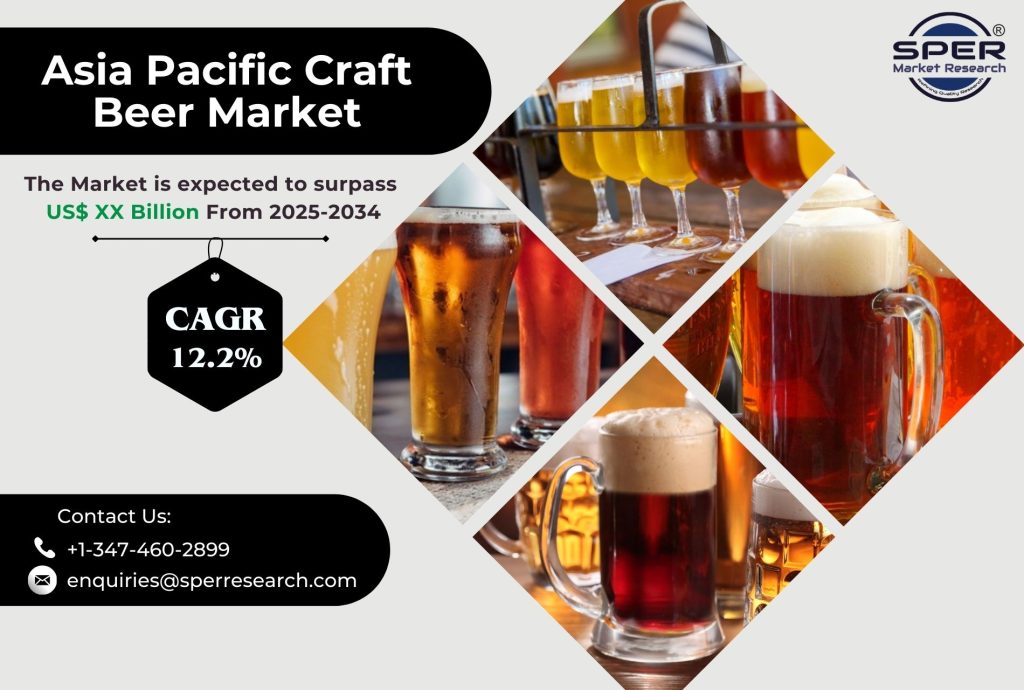Spices and seasonings are vital elements in culinary techniques, enhancing the taste and scent of dishes. Spices originate from different sections of plants, such as seeds, fruits, roots, and bark, and are primarily utilized for flavouring and colouring food. Common instances include cumin, cinnamon, and paprika. They may be utilized whole or ground and are frequently incorporated during cooking to impart their Flavors. Seasonings, conversely, signify mixtures that contain spices, herbs, salt, and other taste enhancers. They are usually employed to improve the flavour of food and can be added at various phases of cooking. Illustrations of seasonings consist of Italian seasoning and Cajun spice mixtures. While every spice can be classified as a seasoning, not every seasoning qualifies as a spice.
According to SPER Market Research, ‘Europe Spices And Seasonings Market Size- By Type, By End User – Regional Outlook, Competitive Strategies and Segment Forecast to 2034′ states that the Europe Spices And Seasonings Market is estimated to reach USD 6.16 billion by 2034 with a CAGR of 5.61 %.
DRIVERS:
The growth of online shopping platforms has made a broader range of spices and seasonings more available to consumers, further enhancing market growth. Consumers are prepared to spend more on high-quality, authentic, and premium spice products. An increasing awareness of the health advantages linked to specific spices has prompted consumers to look for natural and organic alternatives. Spices such as turmeric and ginger are favoured for their supposed health-boosting attributes. Busy lifestyles have heightened the need for pre-made and convenient seasoning mixes that streamline meal preparation. The rising preference for diverse and exotic Flavors has intensified the demand for various spices and seasoning combinations. Consumers are delving into international cuisines, which boosts the market for spices like turmeric, ginger, and dried peppers.
RESTRAINTS:
The occurrence of spice adulteration—whether deliberate or accidental—represents a major risk to product integrity. Cases of inferior substitutes or contamination can harm brand reputation and erode consumer trust. Strict laws concerning food safety, labelling, and organic certifications can create difficulties for manufacturers. Managing these regulations necessitates considerable resources, which can be especially challenging for smaller producers who may not have the means to guarantee compliance. High levels of contaminants in imported spices, including pesticide residues and mycotoxins, have raised alarms among both regulators and consumers. This examination can result in more extensive testing and border controls, affecting supply chains. As consumers grow more health-aware and insist on clean labelling, companies are required to invest in maintaining transparency in sourcing and production procedures.
Request a Free Sample Report: https://www.sperresearch.com/report-store/europe-spices-and-seasonings-market.aspx?sample=1
The pandemic increased consumer awareness regarding health and wellness, resulting in a surge in the demand for spices thought to boost immunity, like turmeric, ginger, and garlic. On the other hand, the shutdown of restaurants and diminished demand from foodservice industries caused a drop in sales for certain spice manufacturers. It has led to enduring changes in consumer habits, with numerous individuals continuing to emphasize home cooking and healthy eating after the pandemic. This trend is anticipated to maintain demand for spices and seasonings as consumers keep their attention on home cooking initially disrupted the spices and seasonings market through supply chain difficulties and lowered foodservice demand; it also prompted greater consumer interest in health-centric spices and home cooking.
The market for Europe spices and seasonings is dominated by United Kingdom because they are driven by consumers’ willingness to pay for premium Flavors and an increasing preference for ethnic cuisines. Some of its key players are- Sensient Technologies Corporation, Kerry Group PLC, Associated British Foods PLC, Friedrich Ingredients, Ajinomoto Co Inc.
For More Information, refer to below link: –
Europe Spices and Seasonings Market Growth
Related Reports:
Follow Us –
LinkedIn | Instagram | Facebook | Twitter
Contact Us:
Sara Lopes, Business Consultant — USA
SPER Market Research
enquiries@sperresearch.com
+1–347–460–2899









